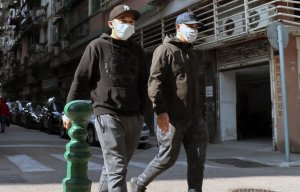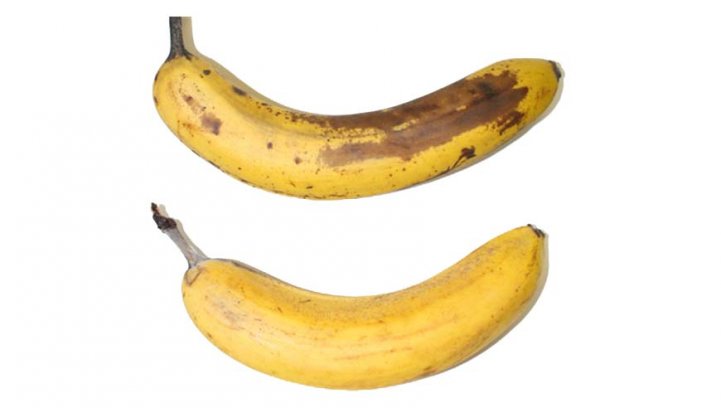
US Senator’s plan to address shortage of PPE
The material is extracted from squeezed fruit and vegetable peels.

4th January 2022
Innovation in Textiles
|
Switzerland
Swiss research institute Empa and Lidl Switzerland have jointly developed a new protective coating for fruit and vegetables based on fibrillated cellulose.
At Empa’s Cellulose and Wood Materials laboratory, the researchers spent more than a year developing the special protective cellulose coating, which is based on pomace – the solid residue left over after extracting the juice from fruit, vegetables or plants.
Previously, this plant waste was disposed of in biogas plants or directly on the field. The coating can be either sprayed onto the fruit or applied to the produce as a dip, and is easy to wash off. As it is harmless to the consumer, it can also be consumed and there is also the potential to add additives such as vitamins or antioxidants to it.
“The big goal is that such bio-coatings will be able to replace a lot of petroleum-based packaging in the future,” said Gustav Nyström, head of the Empa lab.
In tests on bananas, for instance, shelf life is extended by more than a week, which promises to significantly reduce food waste.
The cellulose layer will be furthtr tested and improved over the next two years together with Lidl Switzerland and a fruit and vegetable supplier. The aim is for the new technology to be used in all 150 Lidl stores throughout Switzerland following the successful main trial.

Business intelligence for the fibre, textiles and apparel industries: technologies, innovations, markets, investments, trade policy, sourcing, strategy...
Find out more